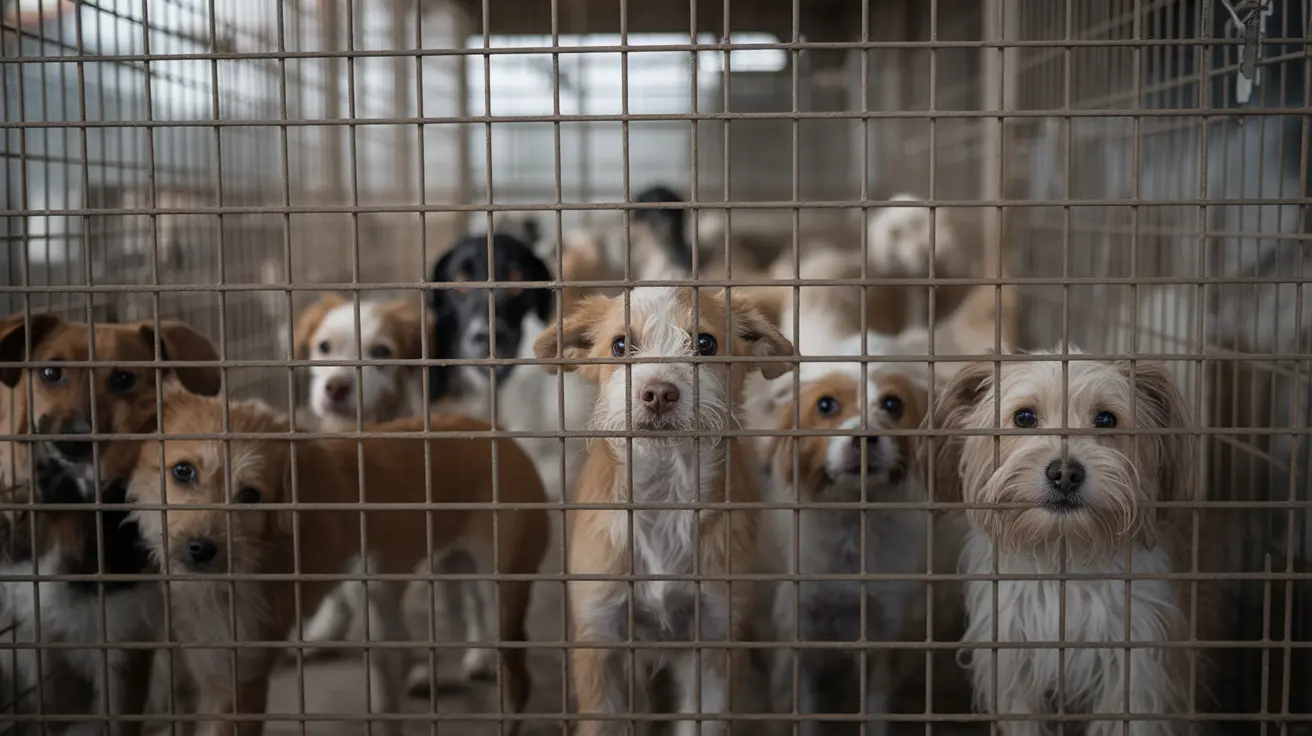What Annoys Dogs the Most? Insights Through Tail Communication
Understanding what annoys dogs the most requires a close look at how they express themselves. Dogs primarily communicate through body language, with their tails playing a central role in conveying emotions and intentions. Misreading these cues, invading their personal space, or interrupting natural behaviors can cause considerable annoyance or stress to dogs.
1. Misinterpreting Tail Signals
Tails are more than just wagging indicators of joy. A dog's tail can reveal a range of emotions:
- High, stiff tail: Often signifies confidence, dominance, or even a threat.
- Low or tucked tail: Indicates fear, submission, or insecurity.
- Relaxed middle-height tail: Denotes a calm and neutral emotional state.
- Fast, wide wagging: Usually reflects excitement or happiness, but context matters.
- Left-biased wag: May signal anxiety or negative emotions.
When humans ignore or misinterpret these signals, dogs feel misunderstood and can become anxious or irritated.
2. Invasion of Personal Space
Just like humans, dogs appreciate their personal space. If someone reaches out suddenly or handles their tail without warning, it can provoke discomfort or annoyance. This is especially true in dogs with sensitive tails or dogs who have experienced trauma or pain in that area.
3. Health Issues Related to the Tail
Dogs may become irritable if their tail is injured or affected by conditions such as:
- Limber tail syndrome: A painful condition often due to overuse or cold exposure.
- Happy tail syndrome: Results from excessive wagging, causing injury to the tail tip.
- Fractures, tumors, or abscesses: These cause immense discomfort and make dogs sensitive to touch.
- Allergies and dermatitis: Particularly common in breeds with tightly curled tails.
Persistent irritation in these areas can make dogs wary and easily annoyed when approached from behind or touched without warning.
4. Communication Impairment in Docked or Short-Tailed Dogs
Dogs with short or docked tails often struggle to fully express their emotions through tail movements. As a result, other dogs or humans might misread their intentions, leading to social friction. These dogs might become frustrated when unable to communicate clearly, especially in group play or unfamiliar environments.
5. Sensory Overload During Social Interaction
Puppies start to wag their tails around three to four weeks of age. Tail wagging is a social skill they refine with age. Interruptions or stressful encounters early in life may cause long-term irritability in social settings.
6. Environmental and Physical Stressors
External stimuli that affect tail use can bother dogs, such as:
- Cold weather: For breeds like huskies that use their tails for insulation, exposure without shelter may lead to discomfort.
- Narrow walkways or rough terrain: Dogs use tails for balance, and being in restrictive areas can undermine their natural movements.
- Swimming fatigue: Dogs like Labradors use their tails as rudders; excessive swimming or forceful water play can lead to tail soreness.
7. Scents and Social Signals
The tail plays a role in scent distribution via compression of anal glands. Conflicts arise when dominant or submissive scent signals are misread by other dogs or ignored by humans, leading to avoidable tension or aggression.
How to Keep Dogs Comfortable and Happy
To reduce annoyance in dogs, especially related to their tails, consider these tips:
- Pay attention to tail posture and wag characteristics to understand their emotions.
- Approach dogs gently and avoid grabbing or playing with their tails unnecessarily.
- Recognize signs of tail-related health issues and consult a vet if needed.
- Allow dogs to socialize and express themselves freely, especially during play.
- Respect each dog’s breed-specific behaviors and tail functions.
In conclusion, dogs are sensitive to a range of stimuli, many of which involve their tails. By learning to observe and respect these cues, pet owners can ensure healthier, happier relationships with their canine companions—and avoid the actions that most often lead to their annoyance.





